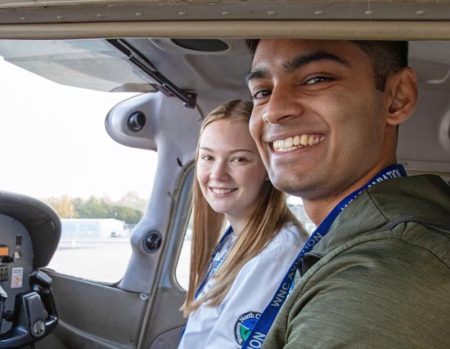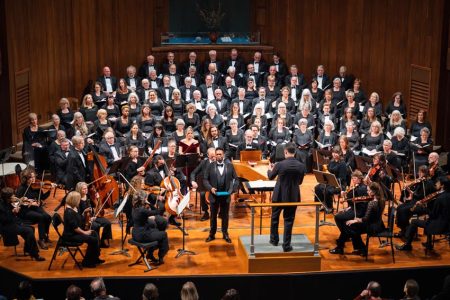Educating Our Children
By Bill Moore
John Dewey, the father of progressive education was once quoted as having said, “I believe that education is the fundamental method of social progress and reform.”
If that is so, he would be saddened by the general state of that great leveler of the human playing field, the public education system in America — or so we are often reminded by mainstream media.
Here in Asheville however, there is a quiet revolution in method and philosophy taking place throughout the schools and their neighborhood communities. This “quiet revolution” encompasses educators, administrators, parents, businesses and students, and is admirably summarized by one of the Asheville City Schools belief statements: Schools must assume leadership in ensuring that students, families, schools and communities share the responsibility for education. With this as a guiding principle, public schools in Asheville have made great strides in bringing this school/family/community pact to fruition for to the benefit of our students. Yes, there is much to be done, and problems aplenty to be confronted and solved, but much has been accomplished and progress is continuing.
Charlie Glazener,
Executive Director for Community Relations and Communications,
Asheville City Schools was more than willing to talk to the Urban News
about the under reported achievements as well as the new programs and
initiatives begun recently. “Statistics can be misleading when taken
out of context,” said Glazener.
An example he provided with regard to the “No Child Left Behind”
federal mandate which sets incremental benchmarks over the next few
years leading theoretically to 100% literacy. Most school systems fail
in one respect or another, often miserably, trying to live up to these
equally often unfunded mandates. Of the 132 goals set by NCLB,
Asheville City Schools to date have met 124 of them. New programs have
been put in place and been augmented by the support of community
business, parents and the hard work of teachers and administrators.
Examples abound, but here are a few that clearly stand out.
A School of Inquiry and Life Science Asheville (SILSA), is a school
within a school and is preparing young people for the world of medicine
and laboratory sciences. It is partnered and supported by Mission
Hospital, a long time proponent of advancing science education, related
to the medical field. Students who are motivated and willing, will find
an abundance of opportunity in this program. Another example is the
Advancement Via Individual Determination (AVID) program.
Under the AVID program, often underachieving students have the
opportunity to avail themselves of individual instruction to increase
their level of academic success. Last year there were 31 seniors in the
program, and all of them were accepted to college. A third initiative
is the “Freshman Experience,” a cohesive plan to assist incoming ninth
graders in making the often confusing adjustment from middle school to
the higher academic and social expectations of high school. A fourth
initiative is to expand the current academic literacy program. This
program is underlain by the precepts which say that all students can
learn, achieve and succeed.
Glazener believes that the advising process has for to long focused on
the college bound without providing options to the career or
occupational bound student. In conjunction with this, a fifth
initiative will seek to enhance current service learning and work-based
learning programs. Nearly one-million dollars to fund these programs
come through a school leadership grant and one from Homeland Security.
One will fund technology education while the other supports safety in
schools. An anti-bullying effort will also be a part of the overall
safety pursuits.
Where will all of these initiatives lead and where have they already
borough successes? Consider the following: Spanish is now being taught
in all Asheville elementary schools. Vance Elementary is a NASA
Exploratory School, one of only 50 in the whole country. Isaac Dixon
Elementary and Claxton Elementary have been National Blue Ribbon
schools. Hall Fletcher Elementary received a Future Ready grant from
Microsoft/Dell/Intel for 250,000 dollars, one of only three schools so
gifted.
Yes, we still have big tasks ahead: graduation rates, dropout rates,
achievement gaps, remain challenges, but significant achievement in
lowering these thresholds have been achieved according to statistics
provided by Asheville City Schools. So will the public school system
accomplish the objective of preparing our young people for the
challenges of a highly competitive and technologically sophisticated
world of the 21st century?
The jury is still out, but if our Asheville school system is, as it
seems, willing to throw down the gauntlet and challenge this “brave new
world” of both risk and opportunity, then perhaps the coming years will
also be redolent with something even more fundamental to future
generations than Dewey’s social progress and reform. It’s called hope.








